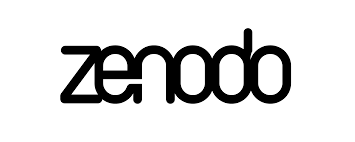Assessing The Alignment of The Intended Learning Outcome with The Assessment Tool: An Evaluation in Liberal Arts and Teacher Education Programs
Keywords:
assessment alignment, intended learning outcomes, Bloom’s taxonomy, teacher education, curriculum evaluationAbstract
The effectiveness of higher education programs rests on the extent to which intended learning Outcomes (ILOs) are coherently aligned with assessment practices. In the context of Liberal Arts and Teacher Education programs, such alignment is not only crucial for fostering meaningful learning but also indispensable in ensuring accurate measurement of student competencies. This study evaluated the alignment of ILOs with summative assessments in General Education Science courses within the School of Liberal Arts and Teacher Education. Employing a documentary analysis design, the research examined course syllabi, Tables of Specifications (TOS), and final examinations across three science subjects. A documentary analysis checklist based on Bloom’s Taxonomy guided the evaluation, while data were analyzed through frequency counts and percentage distributions. Findings revealed strong alignment with higher-order thinking skills (HOTS), particularly in analysis, synthesis, and evaluation, yet partial misalignment was observed in lower-order thinking skills (LOTS), such as knowledge and comprehension. The study concludes that while faculty members successfully integrate advanced cognitive skills in assessments, foundational competencies remain underrepresented. Recommendations include revising assessment designs, strengthening faculty development in test construction, institutionalizing peer review, and maintaining balanced representation of LOTS and HOTS. Strengthening alignment practices will enhance curriculum coherence, improve instructional quality, and better prepare students for professional and real-world challenges.
Published
Issue
Section
License
Copyright (c) 2025 Aloysian Interdisciplinary Journal of Social Sciences, Education, and Allied Fields

This work is licensed under a Creative Commons Attribution-NonCommercial 4.0 International License.





